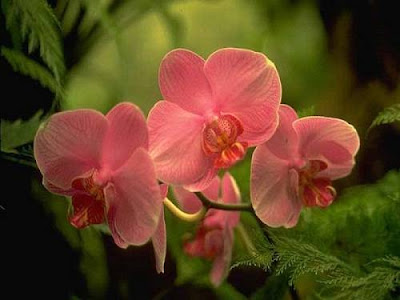The Bougainvillea Plant Gets You Compliments Galore!
Executive Summary about Bougainvillea
Plant by Steve Charles Habib
The bougainvillea is often referred to as the paper
flower. This vine-like plant was named after Louis de Bougainvillea, a fine
Frenchman who traveled the world around 1767. During the winter it will
temporally shed its leaves. Because of this fact it is considered a semi evergreen
plant.
With its
distinctive woody type-vine, watching it develop can be amazing. The leaves are
heart shaped and soft to the touch. The plant has nasty thorns that will pierce
your skin if accidentally touched or bumped into.
It can grow
to an impressive height of 40 feet or more. This plant will tolerate different types of soil. The plant loves direct
sunlight and is somewhat drought tolerant.
The bougainvillea
is best used along fences and walls because of their spreading growth and
beautiful colored flowers. The flowers come in many
colors including pink, red and purple. Once it has reached maturity the
bougainvillea will become a great deterrent to burglars. Camouflaged behind its
beautiful flowers are large, stiff thorns that make it almost impossible to get
through without serious harm.
Bougainvillea - A Beginner's
Guide to Bougainvillea
Executive Summary about Bougainvillea Plant by Raymond Baresh
Bougainvillea
is a climbing plant. It is mainly grown in the tropical areas and is native to
South America. This plant is a member of Nyctaginacea family of plants. There are about eighteen varieties
of Bougainvillea plant. There are several cultivars and hybrids, all of which
add and make up amazing colors and forms.
Bougainvillea
plant leaves are quite lengthy and have brilliant purple or red flower bracts.
Bougainvillea grows very quickly with twigs all over it. It's a wooded,
evergreen plant with bristles.
These plants
are normally grown in different forms, in pots, espalier along fences and walls,
used for bonsai and as hedges. Bougainvilleas are a
great choice for covering pagodas, fences and carports.
Bougainvillea
plants attract wildlife to a great extent. These plants also attract native
bees and butterflies.
If you are
planning to grow this plant inside, place near a sunny window. They are great water users. However, mulch is very important
if you are planning to grow this plant outdoors.
Related Post:
-
Growing Tulips - Iceberg Roses
- Camellia Plants
- Names of Roses
- Pruning Azaleas



